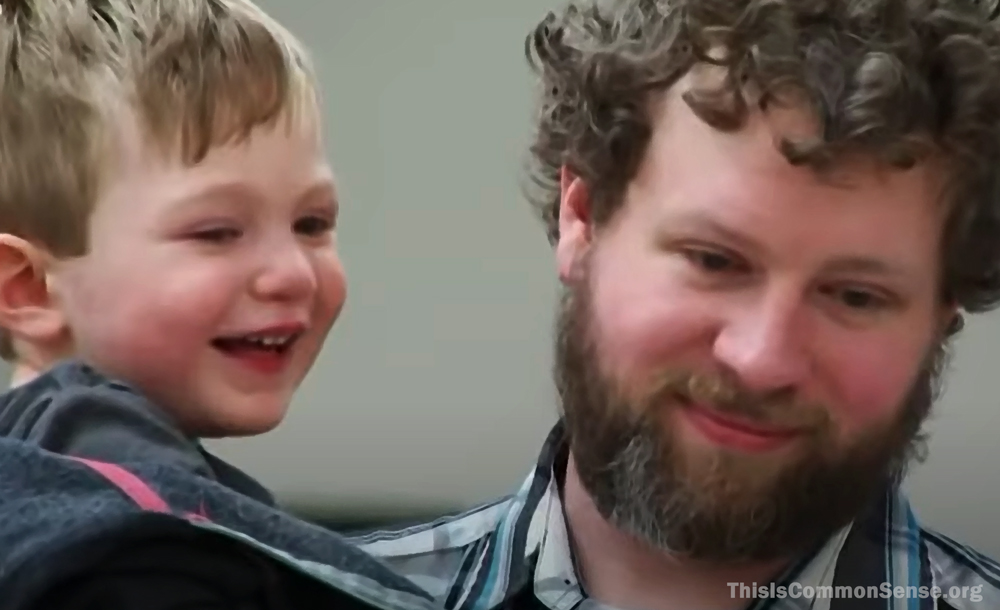After falling on ice, a 46-year-old Swiss man became paralyzed, losing all mobility.
Now he is beginning to move again thanks to a brain implant that enables what the Dutch firm Onward, its inventor, calls “thought-driven movement.”
The implant interprets neural impulses that are triggered when the patient intends to move. A second implant in his abdomen then stimulates parts of the body so that he can move them as he wishes.
Onward says that although its results are preliminary, “the technology works as expected and appears to successfully reanimate his paralyzed arms, hands, and fingers.”
This astonishing work is not without precedent. Over a decade ago, French neuroscientist Gregoire Courtine conceived of the possibility of a digital bridge between brain and body to help such patients.
It took a while to realize his dream. But this year, Courtine and Swiss neurosurgeon Jocelyne Bloch installed implants in a Dutch man, Gert-Jan Oskam, to restore his ability to walk after he lost the use of his legs in a biking accident.
One unexpected benefit of their procedure is neural regeneration.
“What we discover,” says Courtine, “is that when using this system for a long period of time, through training, nerve fibers start growing again. . . . That was like the dream, regenerative medicine!”
Onward CEO Dave Marver says that the next step for its own implant technology is small trials, then a larger one, then “hopefully get FDA approval and make it available.”
What a wonderful world.
This is Common Sense. I’m Paul Jacob.
Illustration created with PicFinder.ai
—
See all recent commentary
(simplified and organized)

